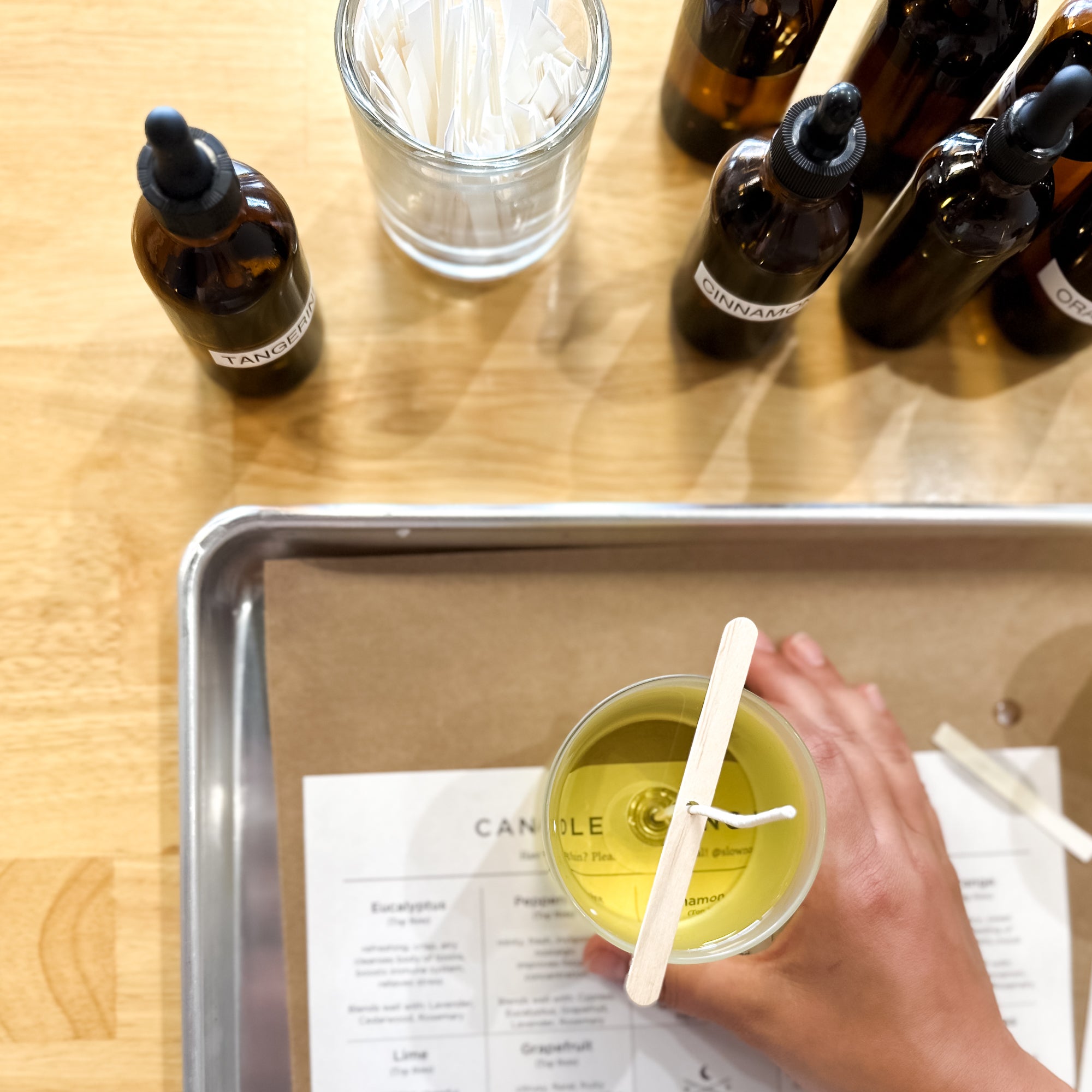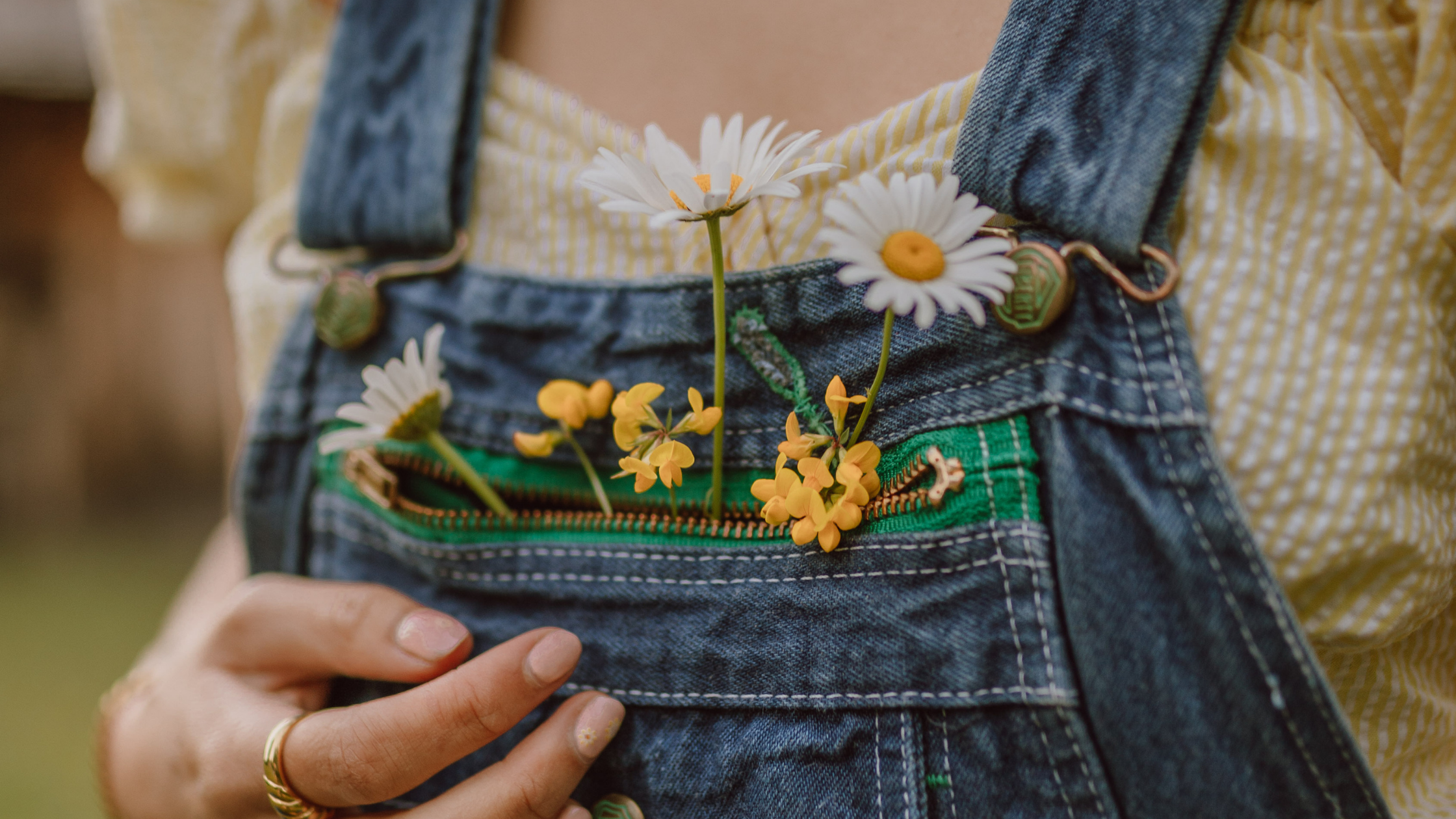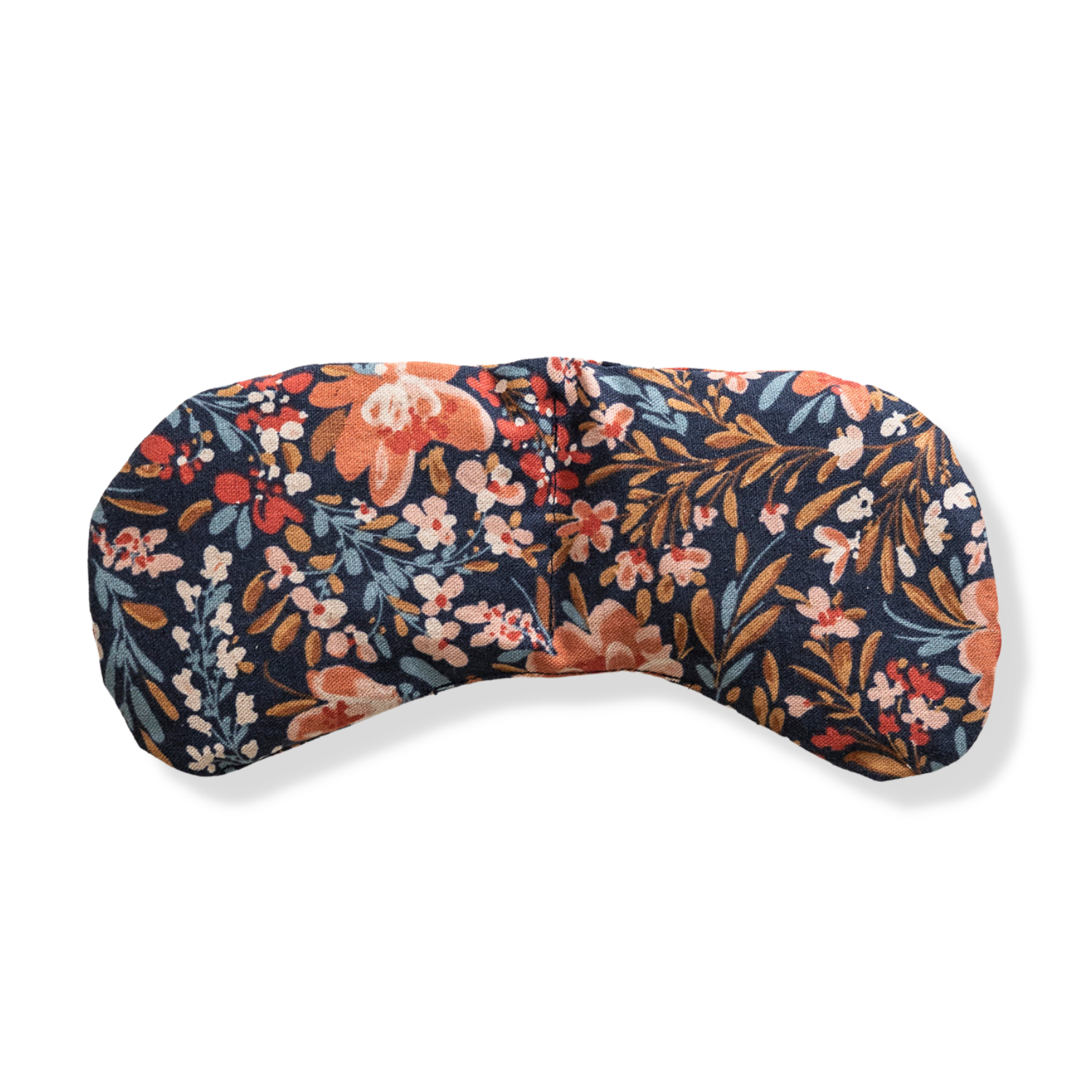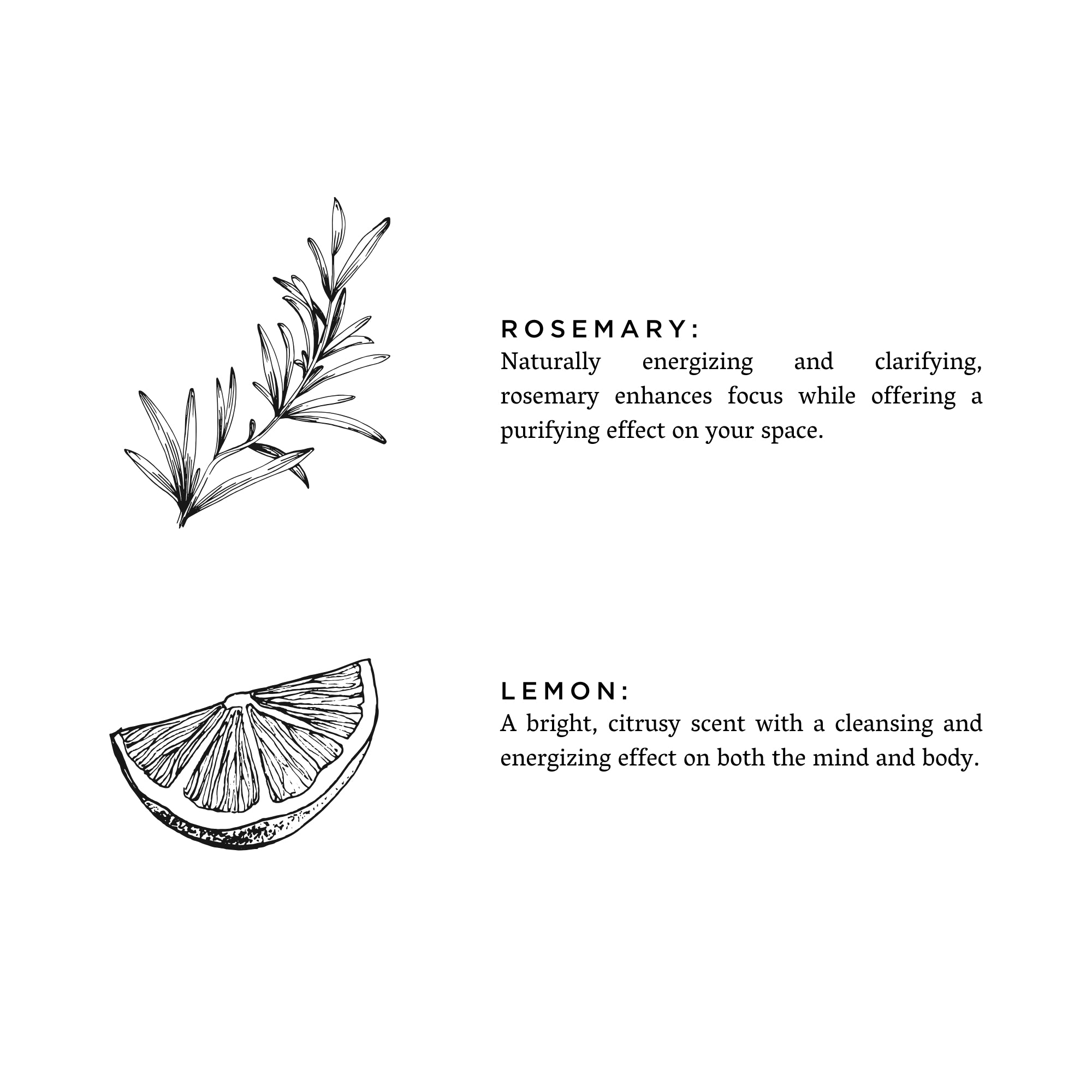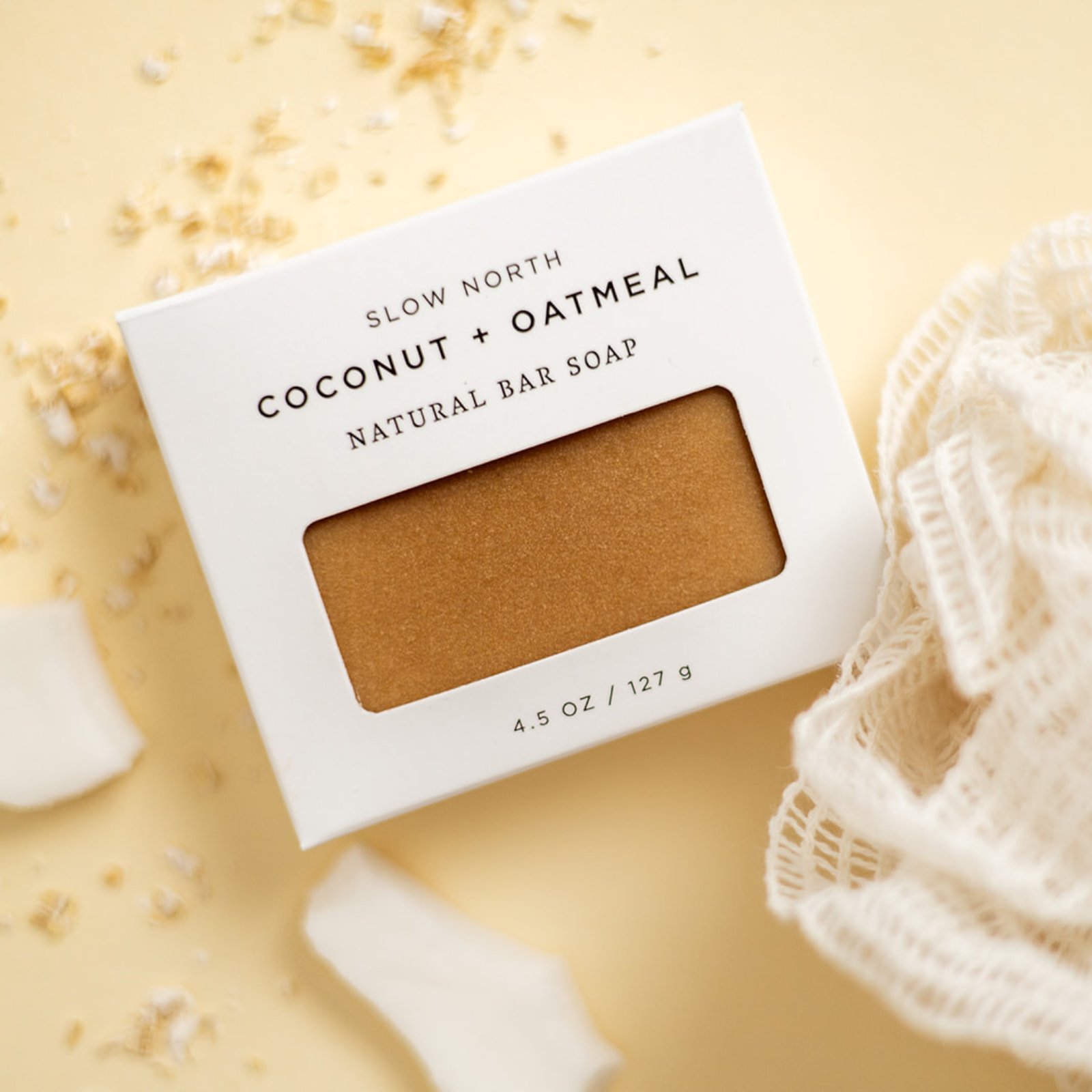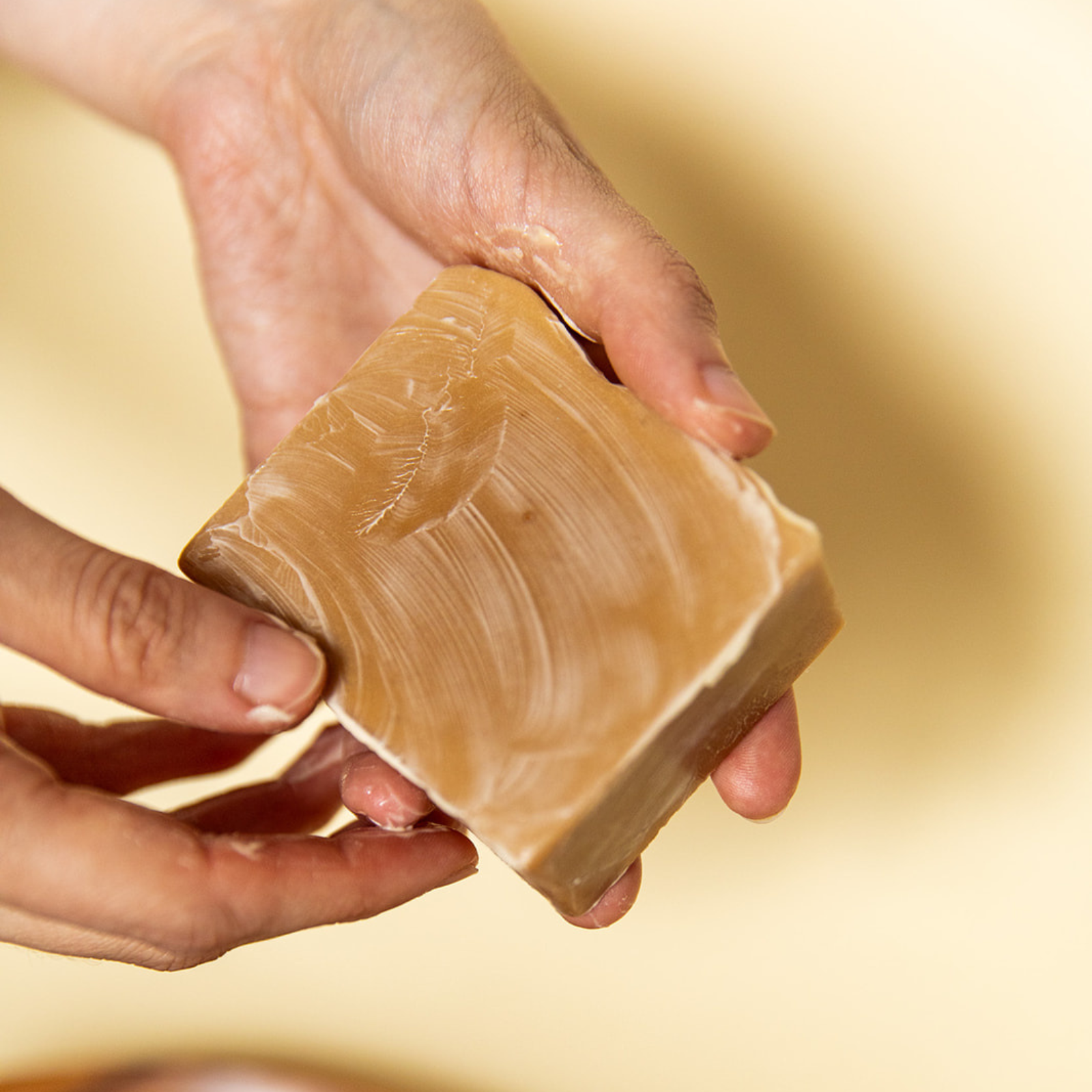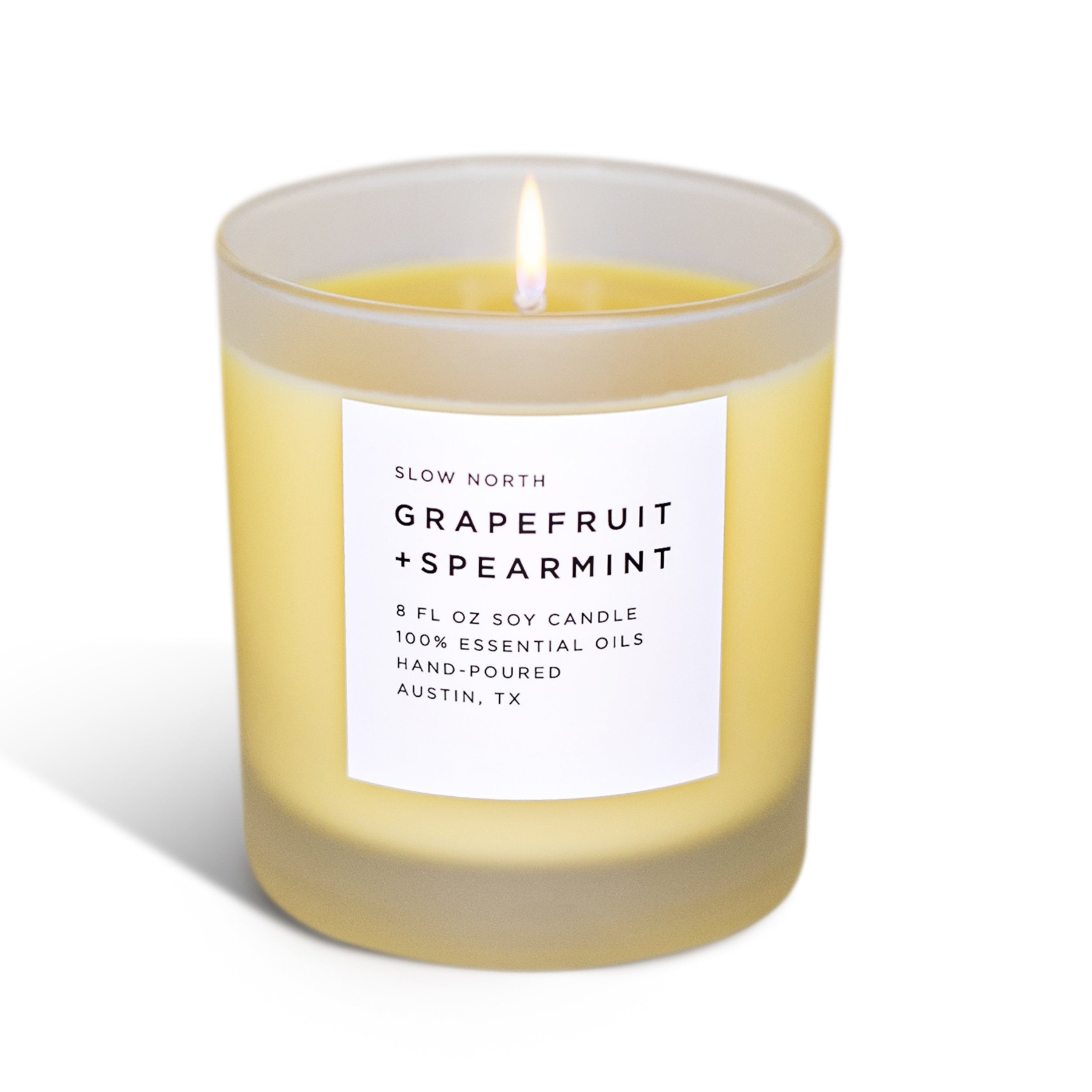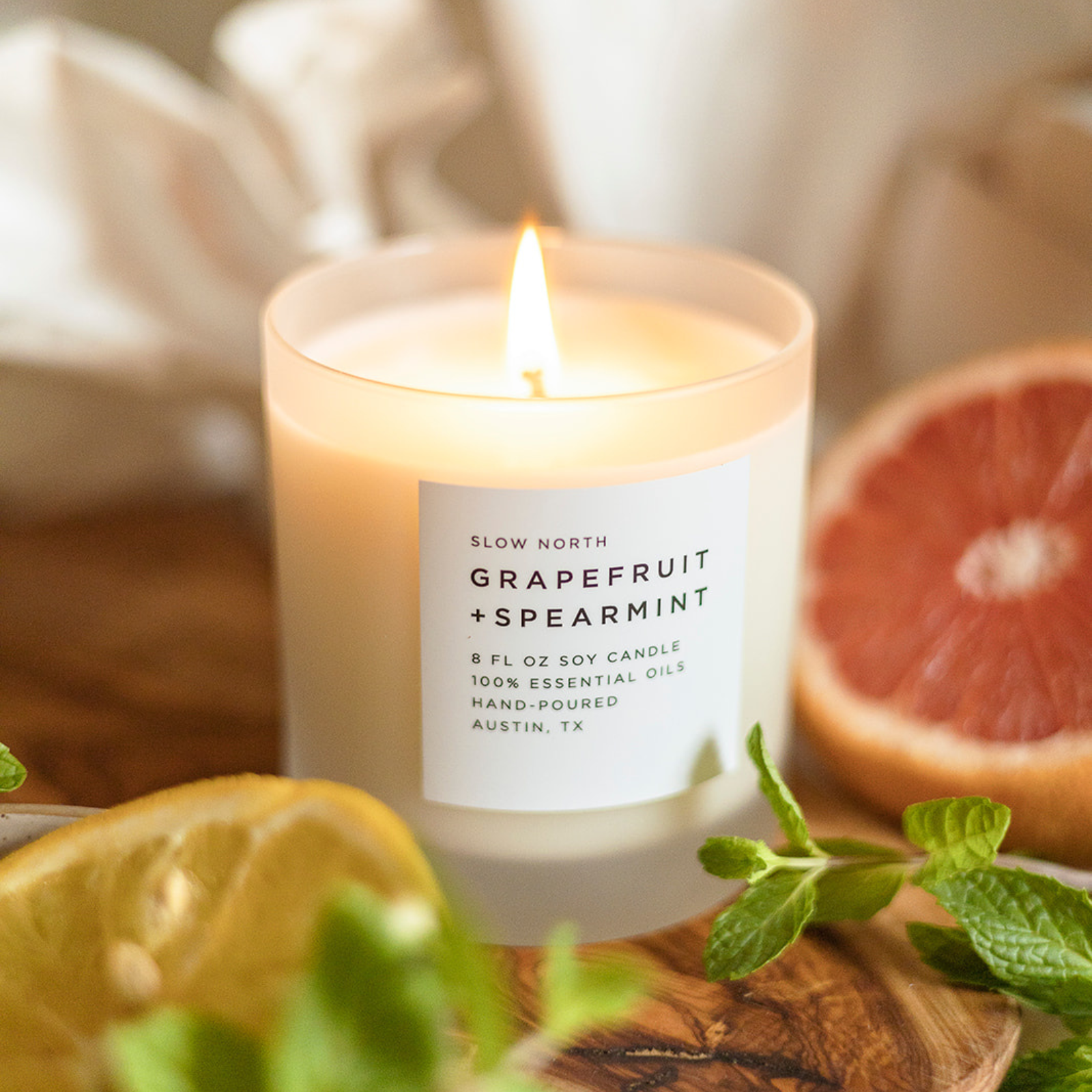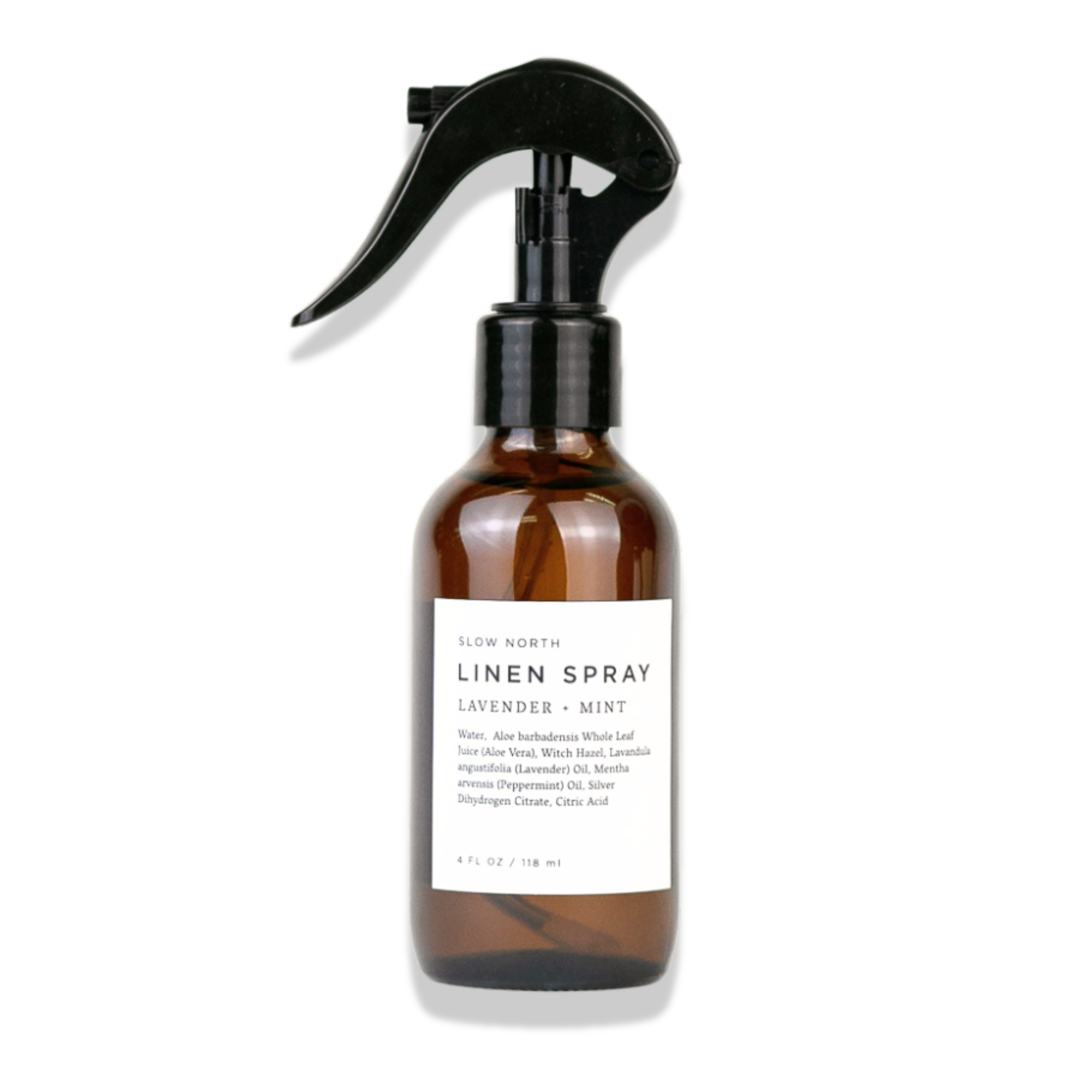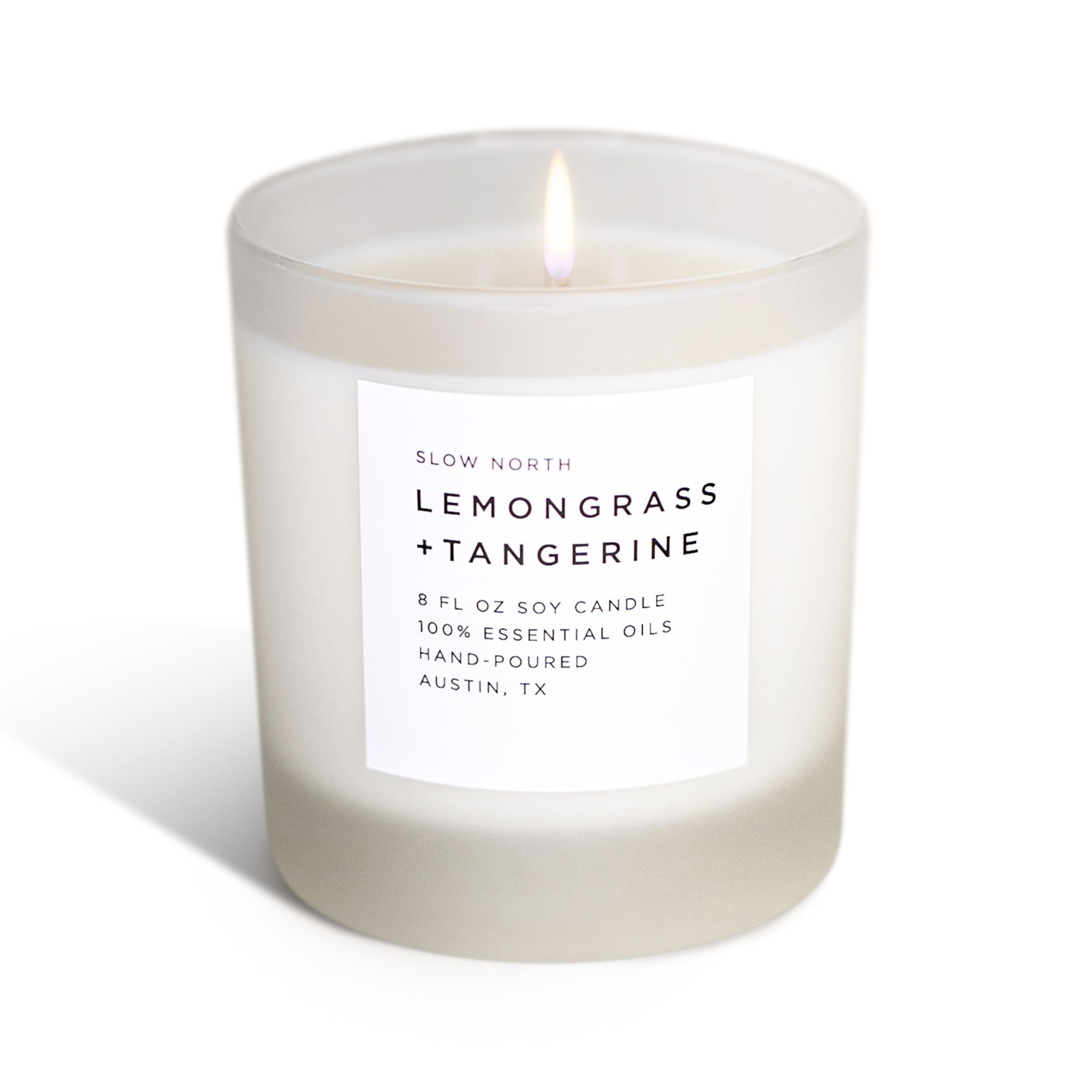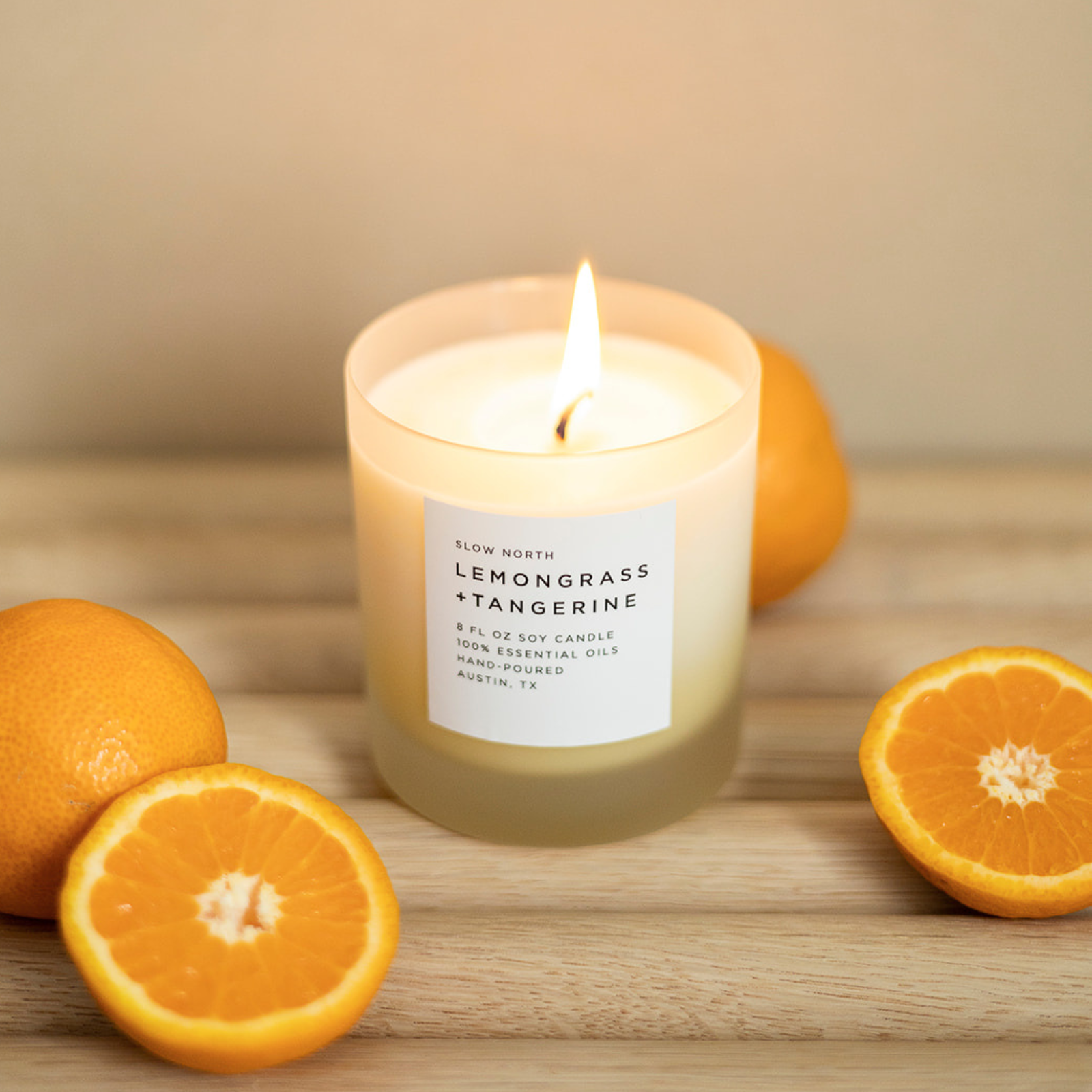
The works of some of the world’s greatest poets are complex, deep, and almost daunting to try and comprehend. Even more daunting can be the thought trying to breathe life into words in the same way yourself. But whether you’ve been writing for years or you’ve just now decided to give it a try, writing poetry doesn’t need to feel like you’re wrestling with yourself to get your words out. Instead, it should feel like the free flow of water, or perhaps like a dandelion seed traversing blissfully on the back of the wind.
The best part about poetry is that there are really no rules. It’s a free-form medium of expression, and you don’t need to consider yourself a “writer” to consider yourself a poet. Lying at the intersection of rhythm, language, and emotion, poetry comes in many shapes and forms, and the only real rule is to enjoy the process.
If you’ve ever thought about writing poetry but didn’t know where to start, here are some steps to get you started.
1. Get yourself a good notebook.
Writing your poetry down by hand, versus typing it out on a computer, can make the initial process flow a bit more smoothly. Analog writing has been linked to deeper creativity — once you have something you’re happy with, you can type it on the computer to refine and publish! The best poets get their start scribbling by hand, though, so invest in a notebook and maybe a good set of pens before anything else.

2. Pay attention to the ordinary.
A lot of poetry discusses large, complex concepts, like love, death, and war. But some of it zooms in on much simpler, seemingly mundane objects, such as clothes drying on a line, a hermit crab, or a potato. You can write poetry about anything you want, and more often than not, those mundane moments or objects can turn into an unexpected treasure trove of inspiration.
3. Listen for the rhythms of everyday life.
Poetry isn’t just about the words selected, but about their rhythm: how they read on a page and how they might sound spoken aloud. Shakespeare was famous for his use of iambic pentameter, a verse rhythm with 10 syllables per line. Haikus also have their own rhythms: five syllables, followed by seven, followed by another five. These are just a few examples of the rhythms found in poetry, and you can certainly try and use these to get a feel for their structure. But again, you don’t have to play by any rules or color in the lines, metaphorically speaking. The sounds of trains passing, waves crashing, the beat of your favorite song, or rain dropping from a rooftop all have their own distinct rhythms, too. Is there any inspiration hidden within them?

4. Experiment with poetic devices.
A poetic device is a type of literary device, like grammar, rhythm, structure, that aid a poet in creating poetry. This includes devices such as alliterations, consonance, metaphors, rhyme, and repetition.
Here’s a great example of the use of an alliteration, which is the same letter or sound at the beginning of adjacent words, in Emily Dickinson’s poem “Much Madness is divinest Sense:”
Much Madness is divinest Sense —
To a discerning Eye —
Much Sense — the starkest Madness —
‘Tis the Majority
In this, as All, prevail —
Assent — and you are sane —
Demur — you’re straightway dangerous —
And handled with a Chain —
See how that contributes to the flow of the poem? Try it for yourself!
5. Read tons of poetry.
The more good poetry you absorb, the more you’ll be able to create yourself. If you don’t know which poets to read, check out our list of seven of the greatest poets of our times who are women for some guidance!

6. Don’t shy away from your emotions.
Writing poetry is a tangible way to make sense of your feelings. The pen and paper won’t judge you for writing them down; the more you spill onto the page, the better it will sound. As poet Dunya Mikhail said, “I still feel that poetry is not medicine — it's an X-ray. It helps you see the wound and understand it.”
7. Read some of the best books on writing available.
The coolest part about writing advice is that it applies to much more than just writing, but to life in general. Some of the greatest books you can read about writing are Bird by Bird by Anne Lamott, Stein on Writing by Sol Stein, and Poemcrazy: Freeing Your Life with Words by Susan Goldsmith Wooldridge.

8. Follow this straightforward yet profound advice:
“Write a poem at the most unexpected places, at the most unexpected time and about a topic that matters to you — while remaining open and honest. See what you can come up with. Do not force yourself, allow the idea to come to you." - Florence Wanjiku

Cecilia Seiter
Cecilia is a freelance writer and contributor to Slow North. She writes largely about sustainability, especially as it applies to beauty, wellness, and the future of technology. She is a graduate of the journalism department at Cal Poly, San Luis Obispo and is based in Los Angeles, CA.





